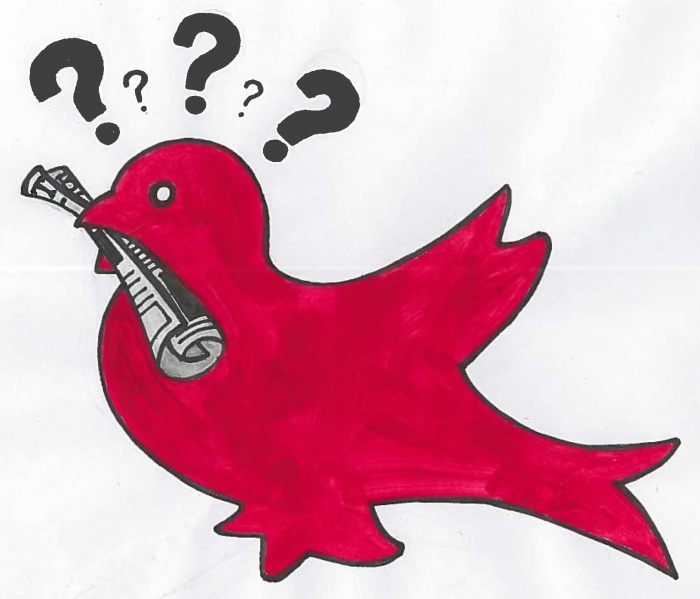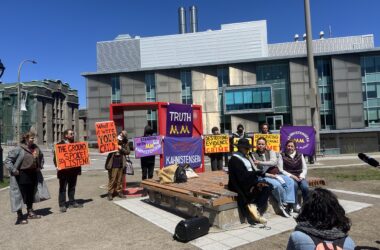What is the General Assembly?
The General Assembly (GA) is a method of direct decision-making that takes place once a semester for members of Students’ Society of McGill University (SSMU). The Fall GA will take place on Nov. 7 at 3 p.m. in the Shatner Building.
All SSMU members, which includes all undergraduate students at the Downtown Campus, are able to participate in the GA. Students can submit, directly vote on, and directly amend motions. SSMU has created a guide to help students draft their GA motions, which can be found on their website. The GA is an opportunity for direct democracy, according to SSMU President Ben Ger.
“It’s a place for political change,” Ger said. “You can bring forward motions [and] policies. It’s a great place for debate. Over the past few years, people have talked about what the point of the GA [is]. It provides a large forum for students to come together [and] for students to be part of the discussion, not just the decision.”
According to SSMU Chief Electoral Officer (CEO) Cameron McKeich, motions have to pass two rounds of voting in order to be ratified at the GA.
“For the GA, there is an in-person meeting in which students vote by raising their hands [or] sometimes by a secret ballot,” McKeich said. “Motions that are approved by more than 50 per cent of voters [50 members], those questions will be put through an online ratification […] to ensure that a greater number of students have the ability to participate in the GA process that were not able to attend in person.”
Ger believes administrative support would help the attendance and success of the GA, as some students are forced to miss the GA due to academic commitments. The University of Ottawa, for example, has adopted different academic initiatives, such as permitting students to miss class on the day of the GA.
“I think our institution [the administration] hasn’t in the past recognized the importance of student-led initiatives, student debates, [and] student democracy,” Ger said. “Some people in the [administration] are very disconnected from the campus and don’t see how central SSMU governance is. Students in the past have been graded during times of the [GA], while at other universities that is not the case.”
What is the referendum?
The other form of direct democracy for SSMU members is the referendum. Similar to the GA, referenda periods are held once a semester. This semester, the referendum campaigning period starts on Nov. 7, the same day as the General Assembly, and ends on Nov. 8. Voting itself lasts a week, and will take place from Nov. 11 to Nov. 18.
All SSMU members are able to place a question on the ballot, according to McKeich. First, the wording of the question needs to be approved by the CEO. Next, the author of the referendum goes through a signature collecting process. SSMU has created a guide to help students prepare questions, which can be found on their website.
“To get a question on the referenda someone needs to collect 100 signatures from SSMU members from a minimum of four faculties, and a maximum of 30 per cent of signatures can be from one faculty,” McKeich said. “[For] questions that are asking for a fee levy or a specific allocation of money, the CEO will consult with the [Vice-President] of Finance.”
The period for students to submit questions for review and collect signatures was from Oct. 14 to 31 this semester.
Ger said that the Referenda is important because it allows members of SSMU to have a voice in their funding.
“Students want to use student money for student services, like menstrual products, but the university redirects the money,” Ger said. “[A pro of] the Referenda is that it’s a […] place for a direct democracy and a great place to influence change.”
A previous version of this article incorrectly stated that Concordia University allows its students to miss class in order to attend General Assemblies. The Tribune regrets this error.








